Ditapis dengan

The OECD Handbook for Innovative Learning Environments
This Handbook is the culmination of the Innovative Learning Environments (ILE) project run over the decade since the mid-2000s from the Centre for Educational Research and Innovation (CERI) at OECD. The Handbook is aimed at those working in education leadership, policy and practice who are looking for succinct frameworks and practical tools to help them to innovate in their own settings. Each o…
- Edisi
- -
- ISBN/ISSN
- 978-92-64-27727-4
- Deskripsi Fisik
- 104 Hlm.
- Judul Seri
- -
- No. Panggil
- -
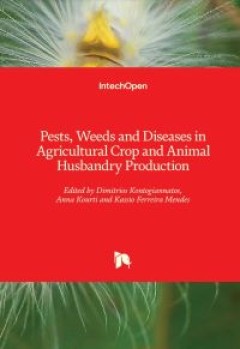
Pests, Weeds and Diseases in Agricultural Crop and Animal Husbandry Production
This book highlights some of the most recent research with respect to emerging pest challenges in agricultural crop and animal husbandry production: analytical methods for glyphosate detection in foods, biopesticides and essential oils, environmental safety in pest control, herbicide and glyphosate resistance, herbicides and weed management, integrated pest management, mass spectrometry for ins…
- Edisi
- -
- ISBN/ISSN
- 978-1-83962-462-9
- Deskripsi Fisik
- 270 hlm.
- Judul Seri
- -
- No. Panggil
- -
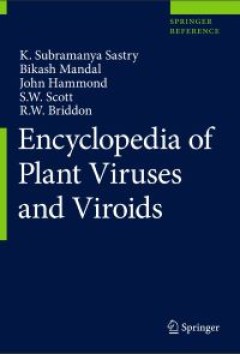
Encyclopedia of Plant Viruses and Viroids
The Encyclopedia of Plant Viruses and Viroids provides an up-to-date information on the viruses and viroids infecting all types of cultivated and weed plants at global level; and is unique among plant virology texts as it is organized alphabetically by the genus name of the host plant infected. It allows the reader to readily determine all of the different viruses currently reported naturally i…
- Edisi
- -
- ISBN/ISSN
- 978-81-322-3912-3
- Deskripsi Fisik
- 2946 hlm.
- Judul Seri
- -
- No. Panggil
- -
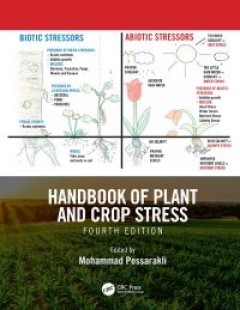
Handbook of Plant and Crop Stress
Since the publication of the third edition of the Handbook of Plant and Crop Stress, continuous discoveries in the fields of plant and crop environmental stresses and their effects on plants and crops have resulted in the compilation of a large volume of the latest discoveries. Following its predecessors, this fourth edition offers a unique and comprehensive collection of topics in the fields o…
- Edisi
- 4
- ISBN/ISSN
- 978-1-351-10460-9
- Deskripsi Fisik
- 975 hlm.
- Judul Seri
- -
- No. Panggil
- -
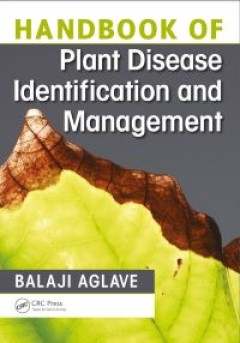
Handbook of Plant Disease Identification and Management
Handbook of Plant Disease Identification and Management presents the fundamentals of plant diseases identification based on symptomology and management focusing mainly on integrated pest management approach. It discusses a variety of techniques for the diagnosis of crop disease, losses due to crop diseases, and theories behind disease management. It describes how society is constraining the pos…
- Edisi
- -
- ISBN/ISSN
- 978-0-429-50490-7
- Deskripsi Fisik
- 621 hlm.
- Judul Seri
- -
- No. Panggil
- -
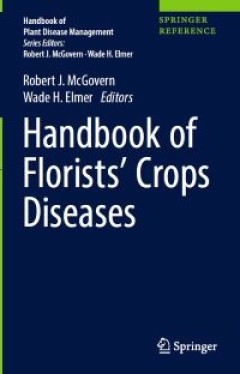
Handbook of Florists’ Crops Diseases
Florists’ crops production has evolved considerably through new technological advances in irrigation, mediaม and environmental control, along with the appearance of new centers of large scale production of plant material. These changes have necessitated the development of newer and innovative ways of suppressing pathogenic fungi, bacteria, viruses, and nematodes. The aim of the Handbook of…
- Edisi
- -
- ISBN/ISSN
- 978-3-319-39670-5
- Deskripsi Fisik
- 1357 hlm.
- Judul Seri
- -
- No. Panggil
- -
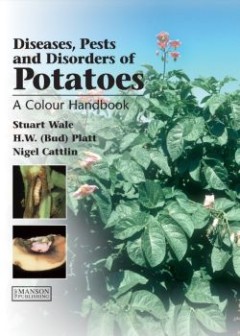
Diseases, Pests and Disorders of Potatoes: a Colour Handbook
Covering the most important pathogens, this handbook provides clear, concise descriptions of the symptoms and cycles of diseases and disorders, and the pests that commonly prey on potato crops, their distribution and importance, and advice on their control. The text is illustrated with some 235 superb color photographs of affected crops to aid in the rapid and accurate identification of disease…
- Edisi
- -
- ISBN/ISSN
- 978-1-84076-021-7
- Deskripsi Fisik
- 177 hlm.
- Judul Seri
- -
- No. Panggil
- -

Handbook of Operations Research and Management Science in Higher Education
This handbook covers various areas of Higher Education (HE) in which operations research/management science (OR/MS) techniques are used. Key examples include: international comparisons, university rankings, and rating academic efficiency with Data Envelopment Analysis (DEA); formulating academic strategy with balanced scorecard; budgeting and planning with linear and quadratic models; student f…
- Edisi
- -
- ISBN/ISSN
- 978-3-030-74051-1
- Deskripsi Fisik
- 529 hlm.
- Judul Seri
- -
- No. Panggil
- -
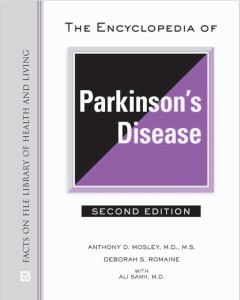
The Encyclopedia of Parkinson’s Disease
This book contains the authors’ ideas and facts/knowledge accumulated. It is intended to provide helpful information on the subject matter covered herein. It is sold with the understanding that the authors, book producer, and the publisher are not engaged in rendering professional medical, health, or any other kind of personal professional services via this book. If the reader wants or needs …
- Edisi
- Second Edition
- ISBN/ISSN
- 9781438127491
- Deskripsi Fisik
- 383 hlm.
- Judul Seri
- -
- No. Panggil
- -
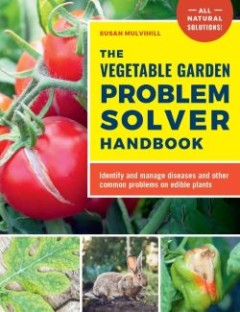
The Vegetable Garden Problem Solver Handbook: Identify and Manage Diseases an…
In The Vegetable Garden Problem Solver Handbook, author and veggie-growing guru Susan Mulvihill of YouTube’s Susan’s in the Garden is ready to set you up for long-term success in the vegetable garden. In these pages, Susan hands you all the info you need to stand firm against plant diseases, viruses, disorders, stressors, and even animal pests, and to do it without having to turn to harsh s…
- Edisi
- -
- ISBN/ISSN
- 978-0760377482
- Deskripsi Fisik
- 491 hlm.
- Judul Seri
- -
- No. Panggil
- -
 Karya Umum
Karya Umum  Filsafat
Filsafat  Agama
Agama  Ilmu-ilmu Sosial
Ilmu-ilmu Sosial  Bahasa
Bahasa  Ilmu-ilmu Murni
Ilmu-ilmu Murni  Ilmu-ilmu Terapan
Ilmu-ilmu Terapan  Kesenian, Hiburan, dan Olahraga
Kesenian, Hiburan, dan Olahraga  Kesusastraan
Kesusastraan  Geografi dan Sejarah
Geografi dan Sejarah